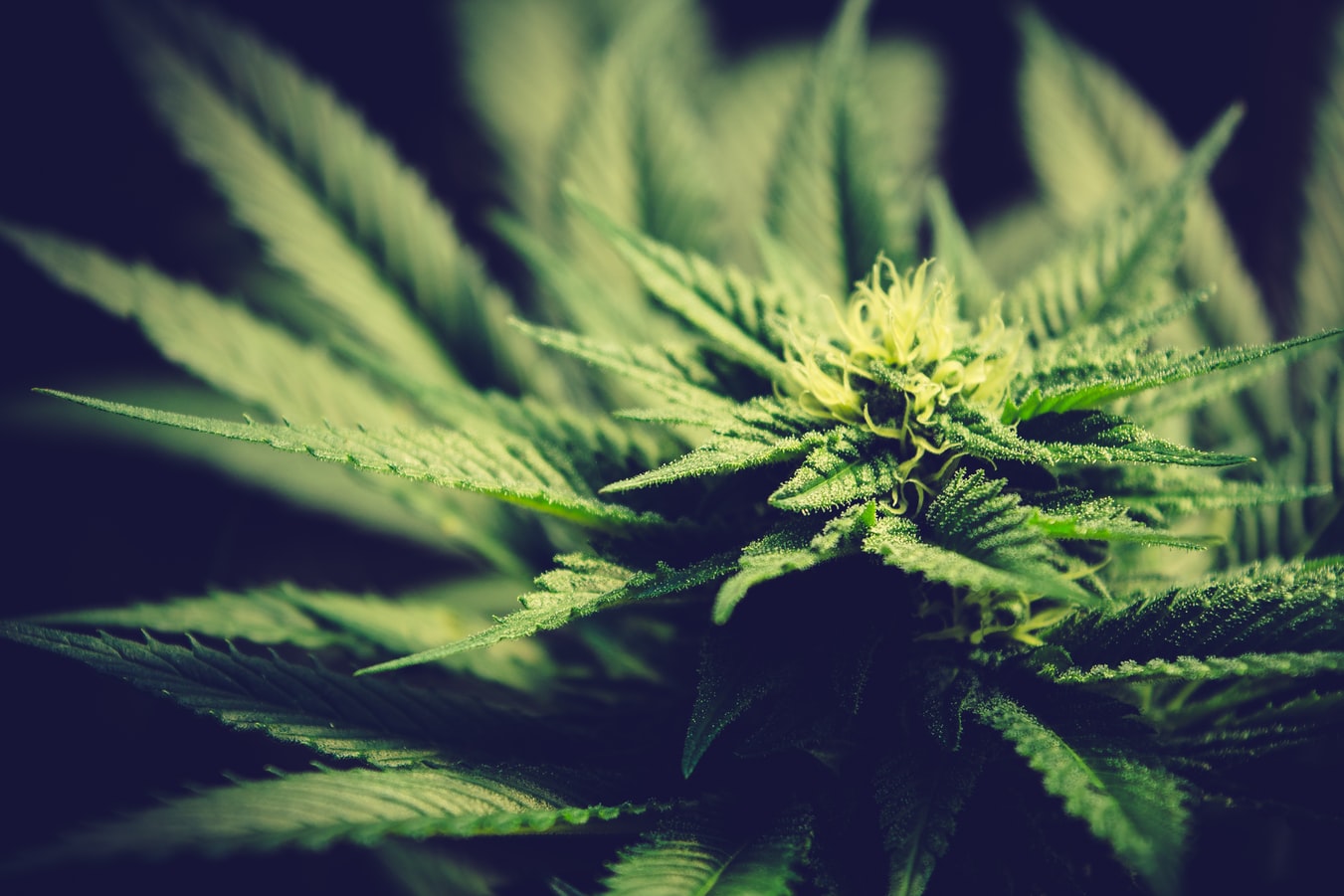Just like different medicines can help some health problems and not others, marijuana isn’t a universal panacea. The main benefits of marijuana come from its active compounds such as cannabidiol (CBD) and other cannabinoids.
CBD is one of the most interesting components of marijuana. It is also one of the main compounds in hemp, another plant from the same family.
The biggest difference between CBD and marijuana is their tetrahydrocannabinol (THC) content. This compound is responsible for the hallucinogen effects, as it affects the nervous central system.
The CBD content in cannabis plants may reach 40 percent. Its anti-inflammatory properties have a positive effect on the central nervous system, and therefore multiple health benefits for other parts of the body.

Nevertheless, many people worry about the effects of THC in traditional marijuana. Since it can have either stimulating or depressant effects, some users may develop unwanted side effects.
This means that your doctor won’t recommend you marijuana for medical purposes until he or she makes an assessment to determine whether the anti-inflammatory benefits of this substance outweigh the risks.
What are the most important benefits of marijuana?
Today, there are two synthetic variants of marijuana. Doctors recommend them mainly for chemotherapy side affects and for the treatment of epilepsy.
Here are the most discussed and the most researched benefits of medical marijuana.

Pain Control
The cannabinoids in marijuana have the power to alter pain perception pathways in the brain, the result being a reduction of the pain sensation experienced by the user. This may help to treat a wide range of medical conditions that cause chronic pain such as migraine, arthritis, fibromyalgia, and endometriosis.
It can also help counteracting the side effects of chemotherapy such as loss of appetite.
In some cases, medical marijuana appears to be able to replace the long-term use of NSAIDs such as ibuprofen, which can wreak havoc on the body.
Inflammation Reduction
CBD in marijuana is thought to be able to decrease inflammation in the body. Theoretically speaking, this effect may help patients suffering from a range of inflammatory conditions such as rheumatoid arthritis, Crohn’s disease, and irritable bowel syndrome.
A decrease of the inflammation in the body can have positive effects on the overall health and well-being of the patients.

Mental Conditions And Neurological Disorders Alleviation
Thanks to its effect on the limbic system, medical marijuana can help with a series of mental and neurological ailments such as epilepsy, anxiety, Parkinson’s disease, Tourette syndrome, multiple sclerosis, and post-traumatic stress disorder.
The relaxing effects of marijuana may also alleviate the symptoms of various sleep disorders such as insomnia. Also, when pain is reduced thanks to taking marijuana, the patient may experience a better sleep.
Medicinal marijuana can be found at special stores such as this one.
What are the main risks of taking marijuana?
Marijuana is considered to have opioid-like effects on the central nervous system. Nevertheless, its risks are way lower than the ones of synthetic opioids. Also, it is considered less addictive than other substances.
These are two good reasons why so many are actively pushing for the legalization of marijuana, in order for all these patients to benefit from a safer pain management tool. As a matter of fact, some people use marijuana to overcome their opioid addiction.
Nevertheless, we can’t overlook the potential risks of marijuana. Here are a few of these problems you may want to discuss with your doctor prior to taking this treatment:

- Hallucinogenic effects. Marijuana may trigger mild hallucinations, altered perceptions of reality, and poor motor skills. This is why operating heavy machinery and other such activities aren’t recommended after taking marijuana. Also, you shouldn’t drive after using marijuana. This is not only unsafe but also illegal in every state, even in those where the use of marijuana for medical purposes is legal.
- Depressant effects. The use of marijuana may result in depressant-like effects similar to those induced by alcohol consumption. Even though you may feel calm and relaxed, your concentration and your coordination skills may suffer. Some users may also feel sadness and other depressive symptoms.
- Stimulating effects. Even though marijuana may act as a mood booster, it may also cause hyperactivity, rapid breathing, and a heart rate acceleration. However, such effects are less common that the depressant ones.
- Other side effects. Such effects may include dry mouth, increased appetite, and red eyes.

You have to be aware that marijuana may cause different side effects in different individuals. This is why you can never know what it does to you until you’ve used it.












